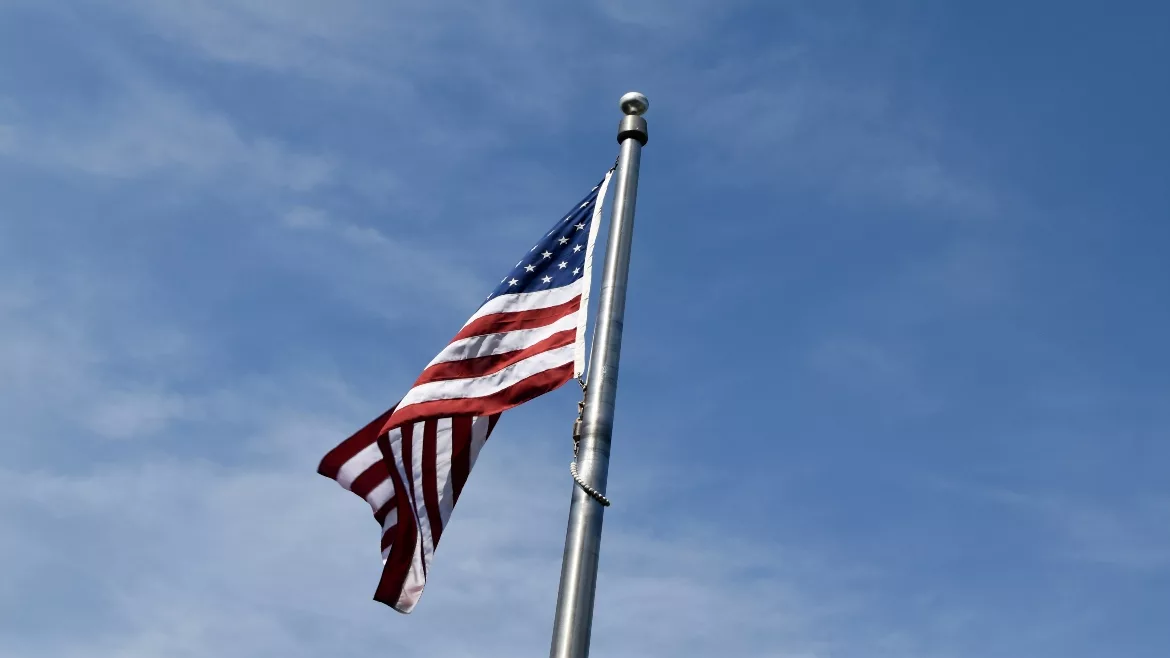Senate passes federal gun safety legislation

Image by wirestock via Freepik
The U.S. Senate passed the Bipartisan Safer Communities Act, the first major federal gun safety legislation in decades.
According to AP News, 15 Republicans joined the bipartisan effort, which is described as the “most far-reaching response in decades to the nation’s run of brutal mass shootings.”
The $13 billion safety measure would amend current law to clarify who needs a Federal license to buy and sell firearms, impose an enhanced background check review process, which includes reviewing juvenile mental health records for individuals 16 years or older who seek to purchase firearms, and narrow the “boyfriend loophole” to keep firearms from domestic violence offenders as well as help states put red flag laws in place to help authorities take weapons from people who are deemed to be dangerous.
However, the provision that would make it harder for people under 21 to buy a firearm would expire after 10 years — a measure Republicans insisted on. The “boyfriend loophole” would also expire after a few years for first-time misdemeanor offenders who maintained a clean record, and Republicans demanded it not be retroactive, according to The New York Times. The bill doesn’t create a federal red flag either.
The program would also fund local programs for school safety, mental health and violence prevention, including expanding access to community and school-based behavioral health services for children and families. Funding would also allow schools to help increase awareness of mental health issues among school-aged children and youths; train school personnel and other adults who interact with school-aged children and youths to detect and respond to mental health issues; and help connect these children and youths with the care they may need. An additional $250 million would help fund evidence-informed, community-based violence intervention programs.
While it is a step toward combatting gun violence and mass shootings, the bill falls short of implementing robust restrictions on assault-type weapons and high-capacity magazines, such as those used in the tragic mass shooting in Buffalo and Uvalde. Research shows that mass shootings involving assault weapons or high-capacity magazines are far deadlier, according to Everytown for Gun Safety, an American nonprofit organization that advocates for gun control and against gun violence.
In the 12 years from 2009 to 2020, there were at least 30 mass shootings (16% of those with known weapon data) that involved the use of an assault weapon, resulting in 347 deaths and 719 injuries. In other words, mass shootings that involved an assault weapon accounted for 25% of all mass shootings deaths and 76% of injuries. While not used in most mass shootings, when they were, it left six times as many people shot per incident than when there was no assault weapon, Everytown found. And, mass shootings in which high-capacity magazines were used resulted in nearly five times as many people shot on average as those that did not.
Between 2009 and 2020, the five deadliest mass shooting incidents in the U.S. all involved the use of assault weapons and/or high-capacity magazines: Las Vegas, Orlando, Newtown, Sutherland Springs and El Paso.
After the bill's passage in the U.S. Senate, President Joe Biden said, “Families in Uvalde and Buffalo, and too many tragic shootings before, have demanded action. And tonight, we acted. Kids in schools and communities will be safer because of it.”
Looking for a reprint of this article?
From high-res PDFs to custom plaques, order your copy today!





